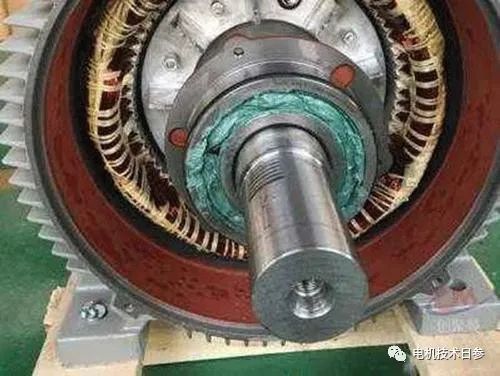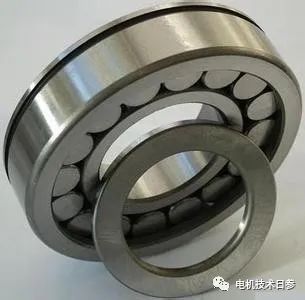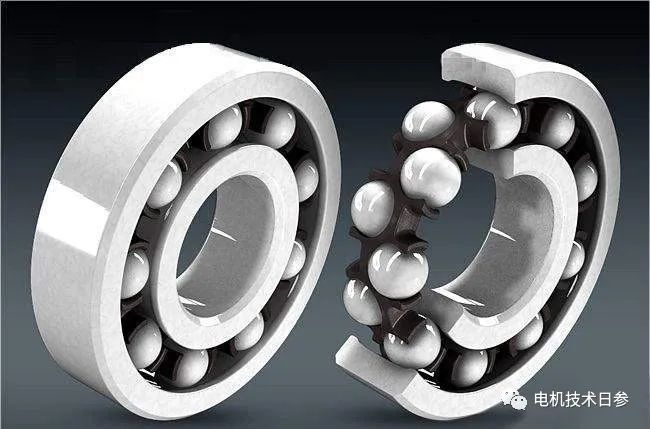The motor product is a machine that converts electrical energy into mechanical energy. The most directly related ones include the selection of motor bearings. The load capacity of the bearing must match the power and torque of the motor. The size of the bearing conforms to the physical space of the associated parts of the motor. .
The magnitude of the bearing load is usually one of the main determinants of bearing size. Roller bearings generally have a higher load carrying capacity than similarly sized ball bearings; full complement bearings can accommodate heavier loads than corresponding caged bearings. Ball bearings are mostly used for medium or small loads; under the conditions of heavy loads and large shaft diameters, it is relatively safe and reliable to choose roller bearings.
In many cases, multiple factors need to be considered when selecting a bearing type, and the tradeoffs between these factors should be made. The most important considerations when selecting a standard bearing type mainly include accommodation space, load, misalignment, accuracy, speed, noise, stiffness, axial displacement, installation and disassembly, embedded seal, load magnitude and direction, etc.
The NU and N cylindrical roller bearings commonly used in small and medium-sized motor products can only bear pure radial loads; while deep groove ball bearings can bear certain axial loads in addition to radial loads, that is, joint loads.
Each bearing type has unique characteristics due to its design, and these characteristics make certain types of bearings show the tendency to be used. For example, deep groove ball bearings can withstand medium radial loads and axial loads. This kind of bearings has low friction and can provide various designs such as high precision and low noise, so it is especially suitable for small and medium-sized motors. Spherical roller bearings can withstand heavy loads and have self-aligning features. It is therefore suitable for use in heavy machinery with heavy loads, shaft deflection and misalignment.
In most cases, the characteristics of the bearing do not depend solely on the design of the bearing. Bearing arrangements such as angular contact ball bearings or round chain roller bearings have stiffness that is related to the applied preload. Bearing speed is affected by the accuracy of the bearing and associated components, as well as the design of the cage.
Important considerations in the design of bearing arrangements also include load capacity and rating life, friction, allowable speed, bearing internal clearance or preload, lubrication and sealing, etc. Smaller diameter shafts for use with most ball bearings. The most commonly used are deep groove ball bearings; there are also needle roller bearings. For shafts with larger diameters, cylindrical rollers, tapered rollers, spherical rollers and deep groove ball bearings can be used. When radial space is limited, bearings with a smaller cross-section should be selected.
For the more mature motor bearing system scheme, the selection of bearings and the tolerance and fit relationship of related parts have basically been concluded, but the design and bearing selection of new motor bearing systems should be more cautious. In practical applications, the choice of bearing clearance is relatively random in many motor manufacturers. It is obviously problematic to choose the same type of bearing for motors with different numbers of poles and different operating conditions. We will combine the contents of this aspect The specific fault safety will be communicated with you.
Post time: Feb-24-2023


